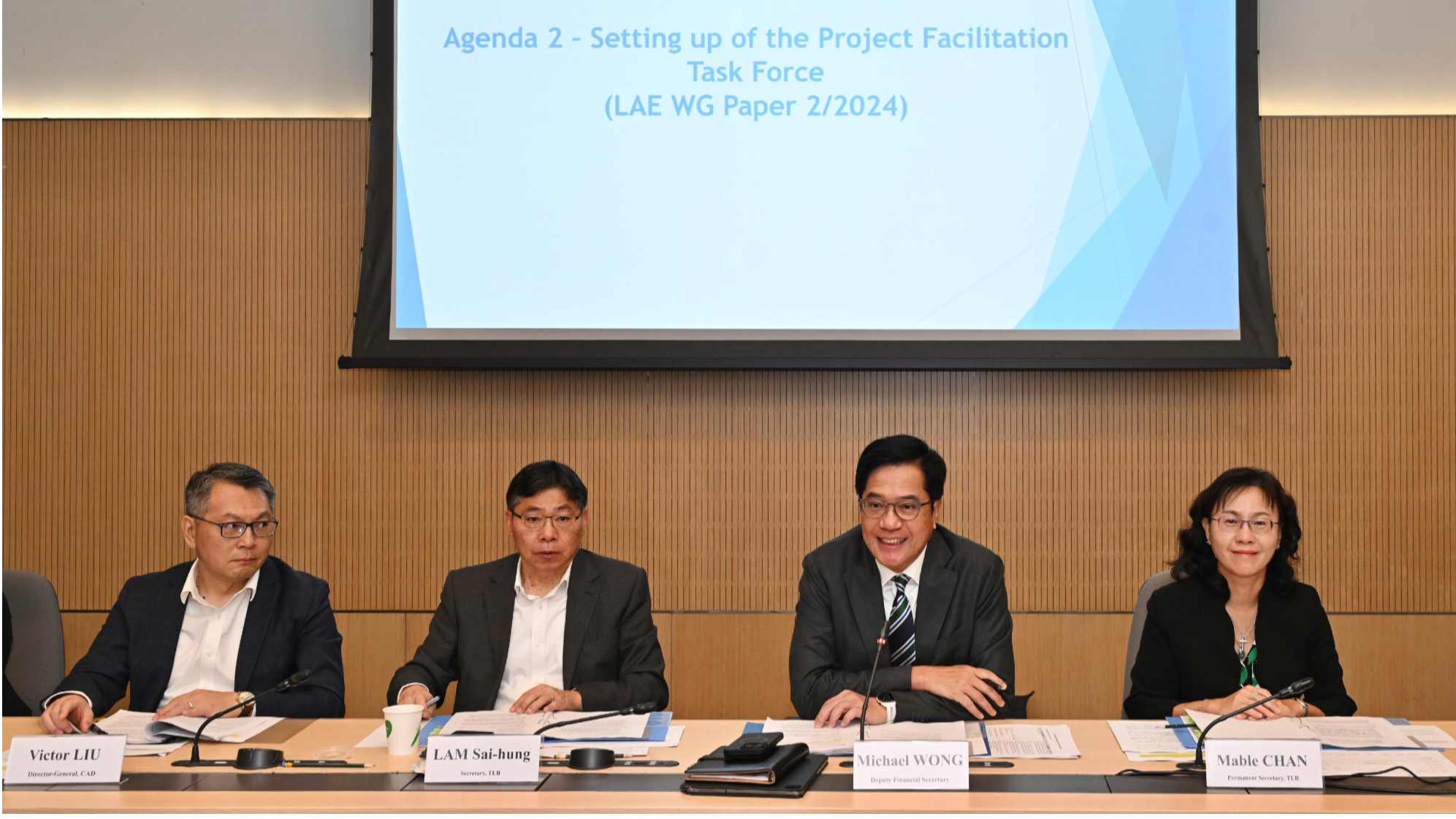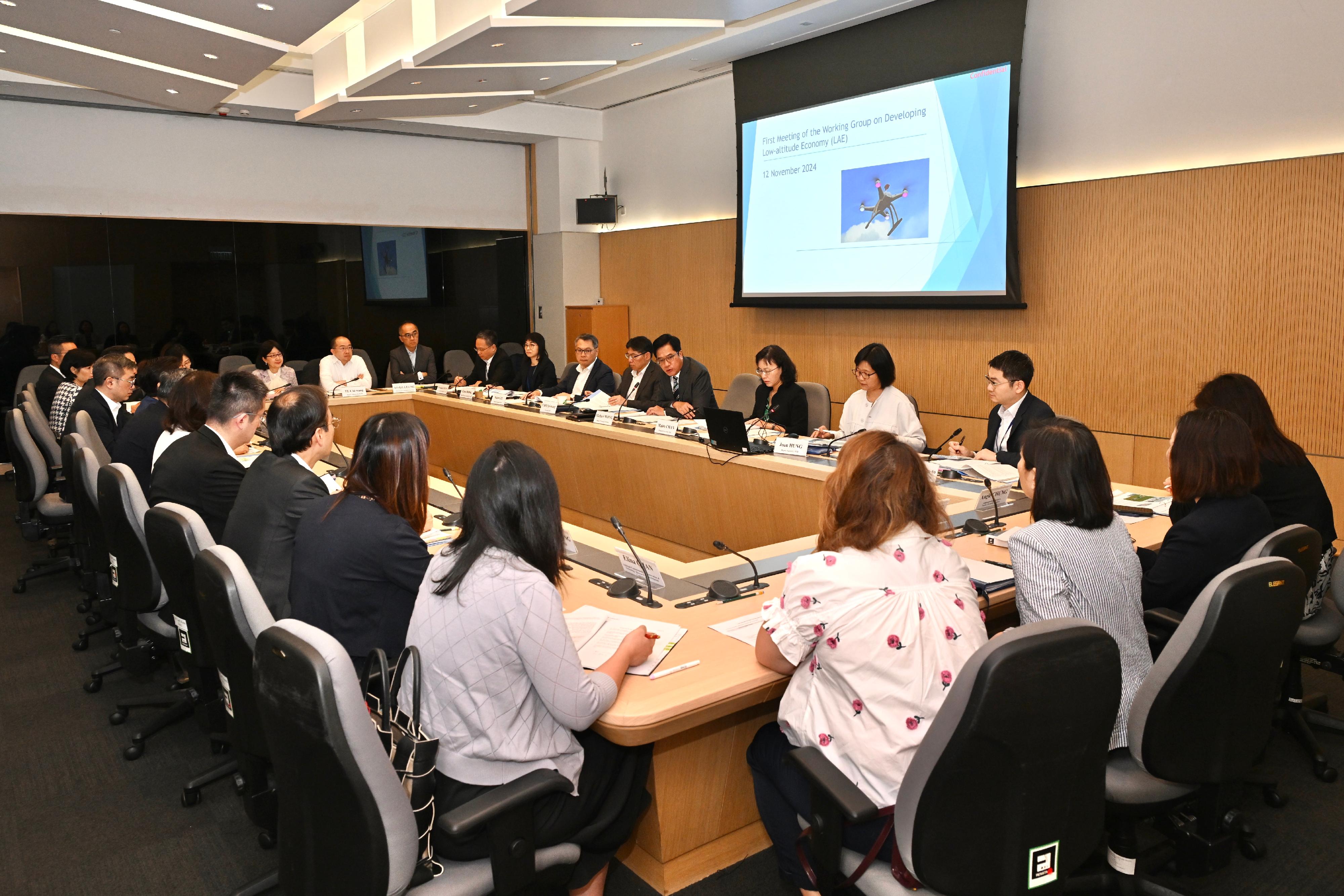
The Hong Kong Special Administrative Region government plans to develop a low-altitude economy (LAE) in the territory through sandbox pilot projects, regulatory reform, infrastructure planning and the creation of a low-altitude cross-boundary corridor.
This was announced as the Working Group on Developing Low-altitude Economy, chaired by Deputy Financial Secretary Michael Wong Wai-lun, convened its first meeting on Tuesday.
“The working group will enable the simulation of diversified scenarios, multiple air routes and overarching low-altitude airspace management through the sandbox pilot projects,” Wong said via a government statement.
“Operational data and experience accumulated will guide our work on different fronts including regulations, infrastructure and applications,” he added.
In his 2024 Policy Address, Chief Executive John Lee Ka-chiu announced the creation of the working group to develop various business value chains related to the LAE.
ALSO READ: Drone delivery route set up at border to facilitate Hong Kong residents
The group will collaborate with industry and partner organizations to launch sandbox pilot projects starting early next year. The first phase is expected to mainly cover drone deliveries, with restrictions on “flying beyond visual line of sight” to be relaxed. The scope of low-altitude flying applications will be progressively expanded and enriched.
“The LAE will bring new opportunities to Hong Kong and promote the development of the economy and various industries,” Wong said.
The working group has also formulated details of the sandbox pilot projects, including eligibility and application procedures.
The Transport and Logistics Bureau will carry out the sandbox pilot projects in batches, with the first batch open for applications from Nov 13 to Dec 31.

The SAR government will also amend the relevant existing civil aviation legislation based on the laws and standards on the Chinese mainland and other areas, after taking account of current and long-term development needs.
This includes reviewing the regulatory regime applicable to larger-sized unmanned aircraft (those weighing more than 25 kilograms). The plan is to submit the proposal to the Legislative Council in the first half of 2025.
The administration will embark on technical studies and planning for low-altitude infrastructure, including take-off/landing points, communication networks, air route networks, low-altitude surveillance and management systems.
READ MORE: HK eyes low-altitude economy pilot projects, cross-boundary exchanges
The government is also mulling developing a low-altitude cross-boundary corridor in the Guangdong-Hong Kong-Macao Greater Bay Area to facilitate cross-boundary low-altitude flying activities within the city-cluster area.
“We will make good use of market forces and actively communicate and cooperate with the mainland to jointly promote the development of the LAE,” Wong said.


